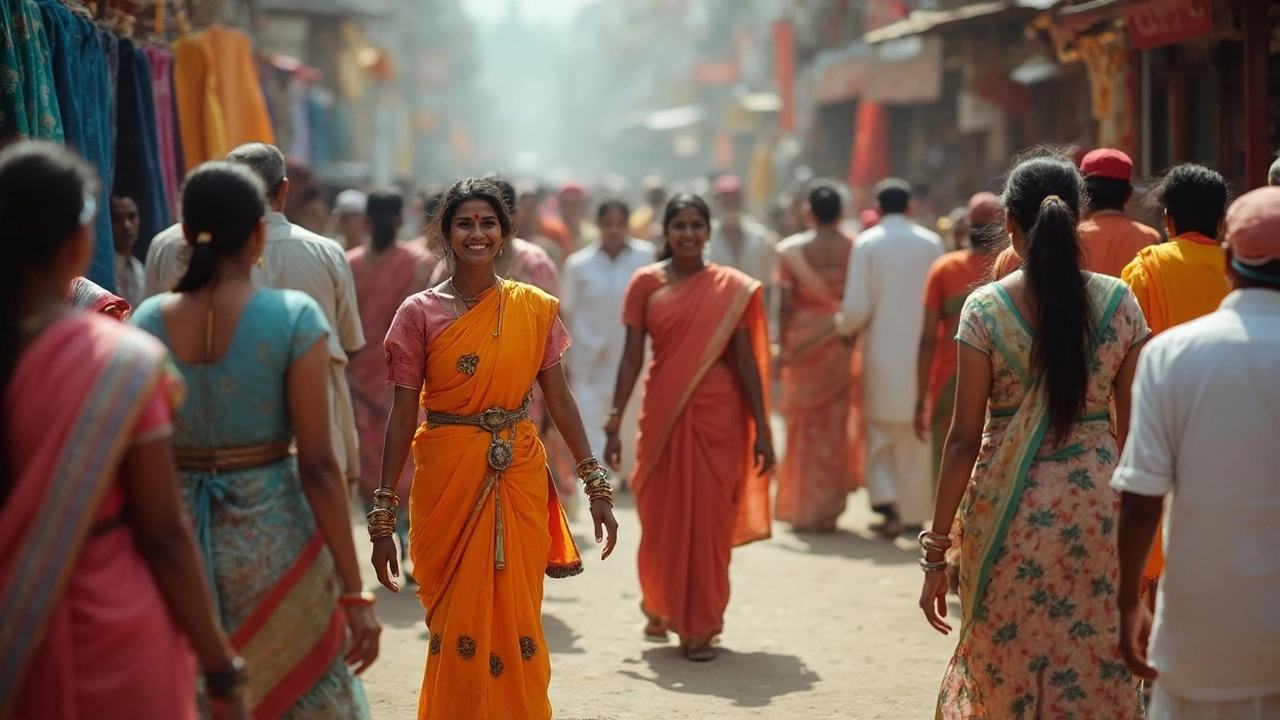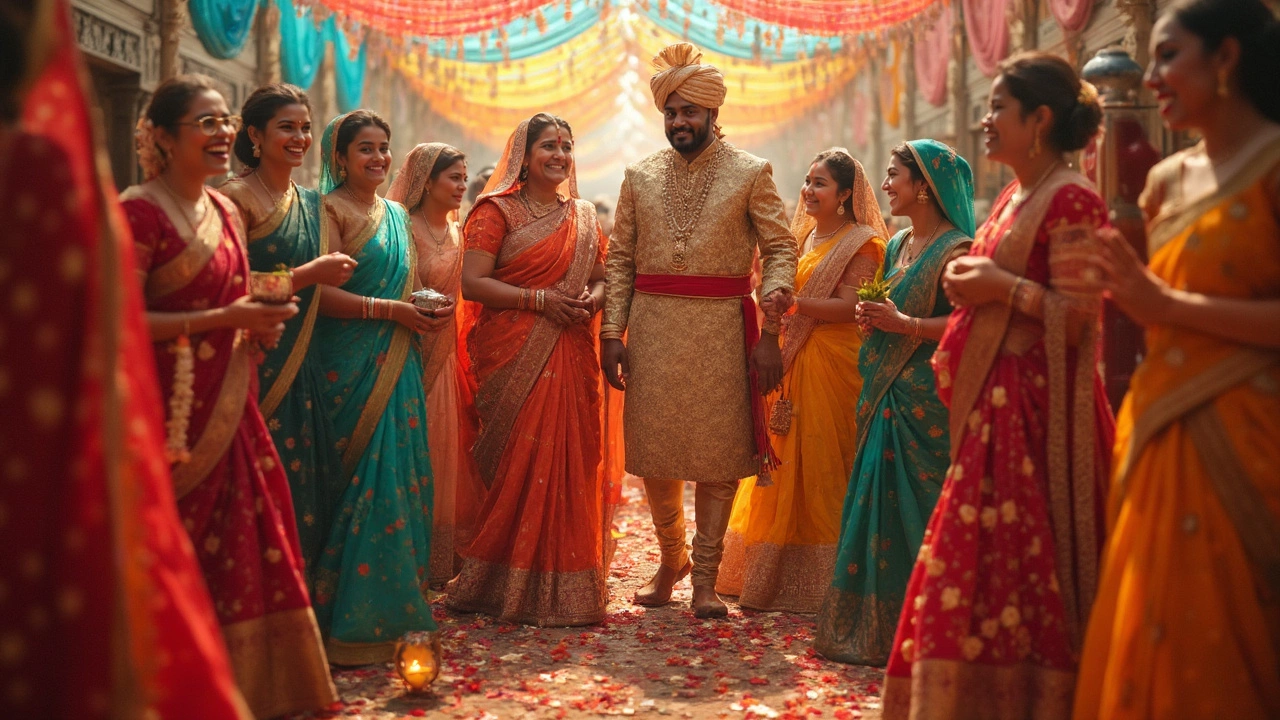Dhoti: A Simple Guide to Wearing, Styling, and Caring for This Classic Indian Garment
If you’ve ever seen an Indian man in a long, white drape and wondered what it is, you’re probably looking at a dhoti. It’s one of the oldest pieces of clothing in India, loved for its comfort and cultural vibe. In this guide we’ll break down what a dhoti is, how to put it on without a struggle, the different styles you can try, and easy ways to keep it looking fresh.
How to Wear a Dhoti in 5 Easy Steps
First, pick a dhoti that feels right. Cotton works great for daily wear, while silk is perfect for weddings. Lay it on a flat surface, fold it lengthwise a few times so it’s manageable, then step inside the middle. Pull the fabric up to your waist, making sure the ends are even on both sides. Bring the left end around your back, tuck it into the front right side, and repeat with the right end. Adjust the folds so the dhoti sits snug at the waist and falls naturally over your legs. A quick mirror check will help you tighten any loose spots.
Styling Your Dhoti for Everyday and Festive Looks
For a casual day out, pair a light cotton dhoti with a plain tee or a simple kurta. Add a canvas belt if you like a modern touch. When you’re heading to a wedding or a festival, go for a silk dhoti in bright colors like royal blue or maroon. Pair it with an embroidered kurta, a matching stole, and traditional sandals called mojari. A simple gold chain or a small watch can finish the look without stealing attention from the drape.Accessories are optional but can make a statement. A small pocket square tucked into the waist area adds a pop of color. If you want to keep cool in summer, choose a dhoti with a breathable weave and roll up the lower edge a bit. The beauty of a dhoti is that you can adjust the length to suit the occasion – short for dance performances, long for formal ceremonies.
Now, let’s talk care. Hand‑wash a cotton dhoti in cold water with a mild detergent, then line‑dry away from direct sunlight to avoid fading. Silk dhotis need a gentle wash or dry‑cleaning; avoid harsh scrubbing. Iron on a low setting while the fabric is still a bit damp – this helps keep the folds crisp without burning the fibers. Store it rolled rather than folded to prevent creases that are hard to remove.
Modern designers are mixing dhoti with western cuts, creating dhoti‑pants or hybrid shirts. These options give the classic drape a fresh silhouette while keeping the cultural feel. If you’re new to dhotis, start with a simple cotton version and experiment with colors and accessories as you get comfortable.
In short, the dhoti is more than just a piece of cloth – it’s a flexible, cultural staple that fits many occasions. With the steps above, you can wear it confidently, style it your way, and keep it looking great for years. Give it a try and feel the blend of tradition and comfort on your skin.

